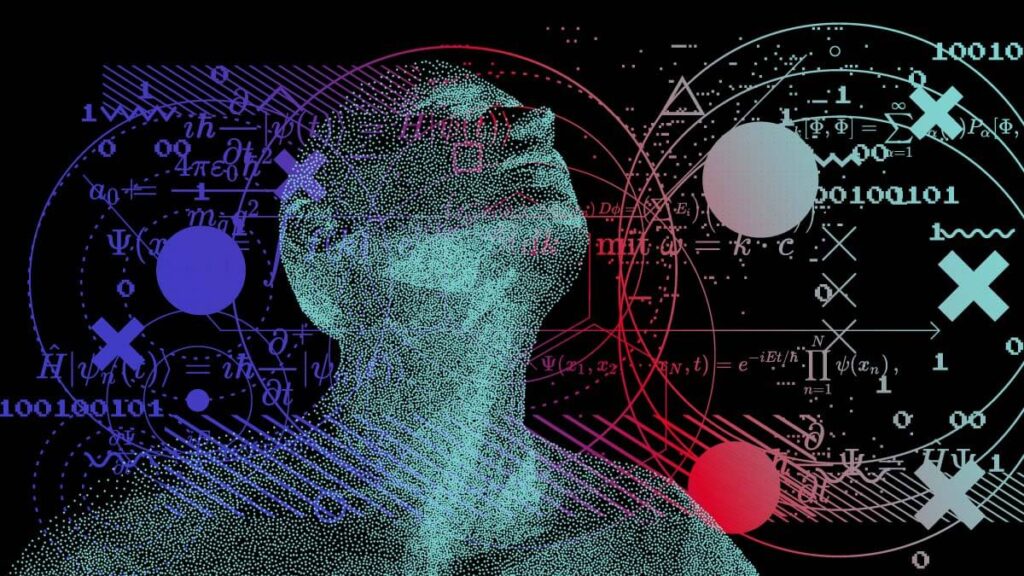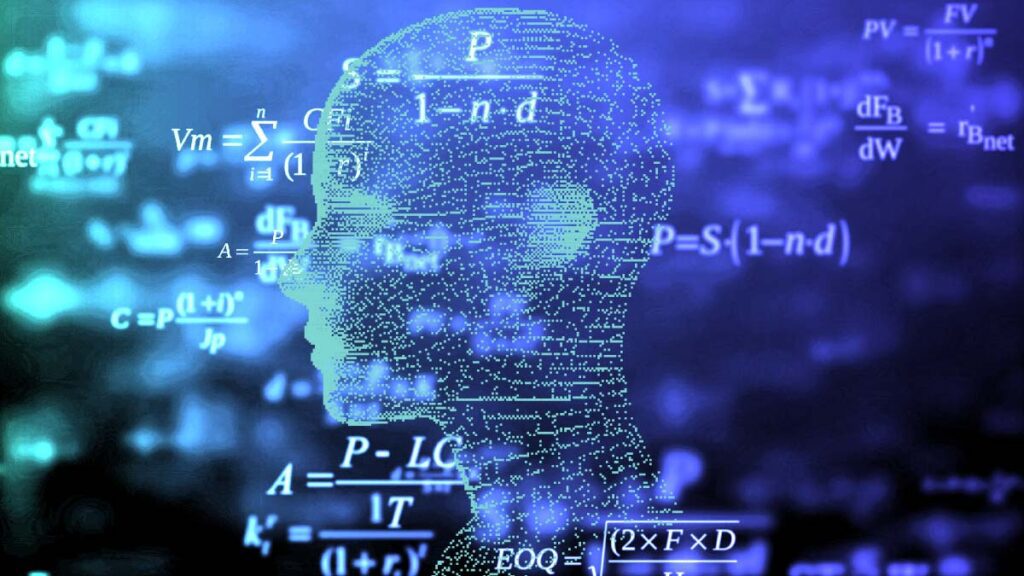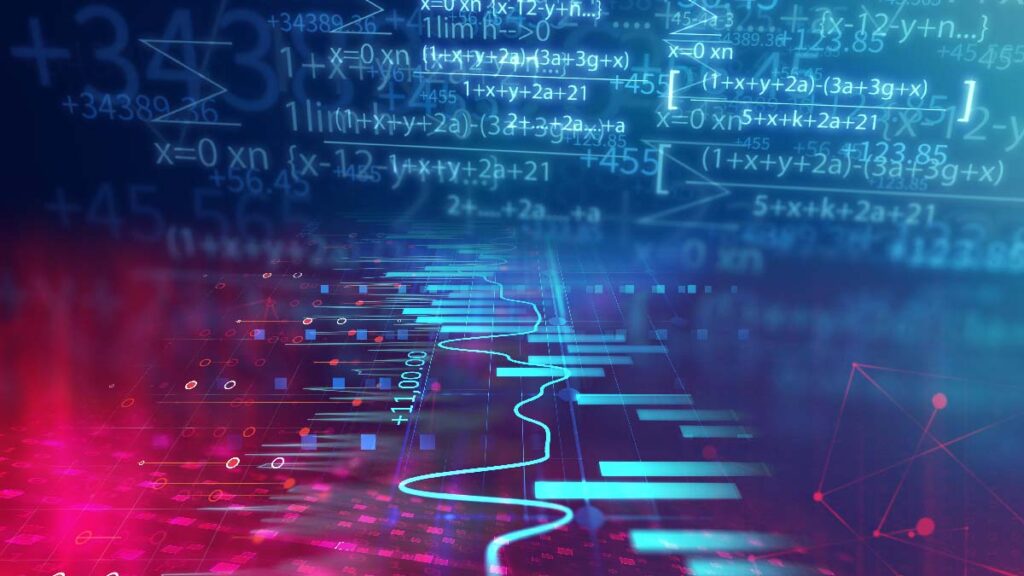The Basics of Quantum Machine Learning

Quantum computing depends on the effects of mechanics to compute problems that would be out of reach for classical computers. A quantum computer uses qubits, like regular bits in a computer, however, with the added capacity to be put into a superposition and share entanglement. Quantum machine learning explores how quantum computers can be used for data-driven prediction and decision-making.
Quantum is any of the tiny packages or increments into which many forms of energy are subdivided, as well as the smallest amount or unit of something, especially energy. It is also any of the small subdivisions of a quantized physical magnitude, such as magnetic moment.
It refers to the combination of quantum algorithms within machine learning programs. The term indicates that machine learning algorithms for analyzing classical data are executed on a quantum computer, i.e., quantum-enhanced machine learning. A computer encodes information into computers and conducts its operations through quantum states in order to get the results it needs by solving the problems.
While machine learning algorithms are used to calculate vast quantities of data, quantum machine learning applies quantum and qubits operations or specific quantal systems to enhance computational speed.
This includes hybrid methods that involve both quantum and classical processing, where computationally difficult subroutines are outsourced to a device.
One example is Grover’s search algorithm depreciation, in which a subroutine uses Grover’s search algorithm to locate an aspect less than some previously defined element. This process can be achieved with an oracle that decides whether or not a state with a corresponding part is less than the predefined one.
Then, Grover’s algorithm will find an element to meet our condition. The diminishment is initialized by some random belongings in the data set and iteratively does this subroutine to find the lowest part in the data set. These habits can be more complicated and executed faster on a quantum computer.
Moreover, supervised learning with quantum computers is used through algorithms. Those algorithms can be used to analyze allocation states instead of classical data. The term “quantum machine learning” is also linked with classical machine learning methods applied to data generated from experiments, such as creating new experiments or learning the phase transitions of a system.

For example, numerical techniques and mathematics from physics apply to deep classical learning and vice versa. Furthermore, researchers investigate more abstract notions of learning theory concerning information, sometimes referred to as “quantum learning theory.” The theory follows a mathematical analysis of the generalizations of the possible speed-ups and classical learning models or other improvements they may provide.
Another example of how data science and quantum computing work is Google’s quantum beyond-classical experiment that used 53 noisy qubits. Those qubits determine if they might be able to complete a calculation in around 200 seconds on a quantum computer that will take 10,000 years on the giant classical computer using existing algorithms.

Quantum algorithms for unsupervised and supervised machine learning mark the beginning of the Noisy Intermediate-Scale Quantum (NISQ) computing era, which can be linked to the basics of quantum computing, machine learning and IoT. In the coming years, quantum devices with tens to hundreds of noisy qubits will become a reality.
Machine Learning with Quantum Computers
Quantum machine learning is built on two concepts: quantum data and hybrid quantum-classical models.
“Hybrid quantum computing” is the idea of a quantum computer and a classical computer working jointly to solve problems. In addition, classical computers perform deterministic classical operations or can emulate probabilistic processes using simple methods.
By manipulating entanglement and superposition, computers can perform operations that are difficult to imitate at scale with classical computers such as:
- Logistics Optimization: It will allow one to improve your supply chain efficiency, while tracking goods from their origin until it reaches them. The procedure can properly manage sensitive and fragile products such as glass objects.
- Financial Modelling: For a finance industry to find the right mix for fruitful investments based on expected returns, the risk associated and other factors are essential to survive in the market. To achieve that, the technique of ‘Monte Carlo’ simulations is continually being run on conventional computers, which, in turn, consumes an enormous amount of computer time.
- Cybersecurity & Cryptography: The online security space has been powerless due to the increasing number of cyber-attacks occurring across the globe daily. Although companies establish the necessary security framework in their organizations, the process becomes daunting and impractical for classical digital computers.
- Drug Design & Development: Developing and designing a drug is the most challenging problem in quantum computing.
Quantum Data
Quantum data is considered any data source that arises in an artificial quantum system or natural one. This can be data rendered by a quantum computer, as the samples assembled from the Sycamore processor for Google’s demonstration of quantum supremacy. The processor completes a calculation in around 200 seconds on a computer that will take 10,000 years on the giant classical computer using existing algorithms.
Also, data displays entanglement and superposition, leading to standard possibility allocations that could need an exponential amount of classical computational resources to represent or store.
The data induced by NISQ processors are noisy and generally involved just before the measurement occurs. Heuristic machine learning techniques can create models that maximize the extraction of useful classical information from noisy entangled data. Heuristics is a method of problem-solving whose purpose is to deliver a working solution within a reasonable period.
Heuristics are used in AI and machine learning when it’s unusable to solve a problem with a step-by-step algorithm. This process is present because a heuristic approach highlights that speed is more important than accuracy and is usually merged with optimization algorithms to improve results.
Quantum Computing Artificial Intelligence
One more concept that needs to be defined is Quantum computing and artificial intelligence, which are transformational technologies and are expected to involve quantum computing to accomplish considerable progress.
While AI produces functional applications with classical computers, it is limited by the computational capabilities of classical computers; Quantum computing can offer a computation increase to AI, allowing it to challenge more complex problems and Artificial General Intelligence (AGI).
Therefore, Quantum AI is the use of quantum computing for the computation of machine learning algorithms – it can help achieve results that are impossible to achieve with classical computers, thanks to the computational advantages of quantum computing and with the help of the principles of quantum artificial intelligence (quantum Fourier transform and Grover search). If you’re interested in learning more about the benefits of this type of computing, we’ve written a piece about how Quantum AI helps companies with data driven innovations.
Summary
Quantum machine learning has evolved quickly throughout the past 20 years, reaching an exceedingly prominent level that is changing the way AI operates while facilitating the process of quantum theory. This has also led to the invention of recent modern technologies that, in one way or another, shall do the job of many humans combined, which will be marked as a historic achievement.
Inside Telecom provides you with an extensive list of content covering all aspects of the Quantum industry. Keep an eye on our Quantum news space to stay informed and updated with our daily articles.
